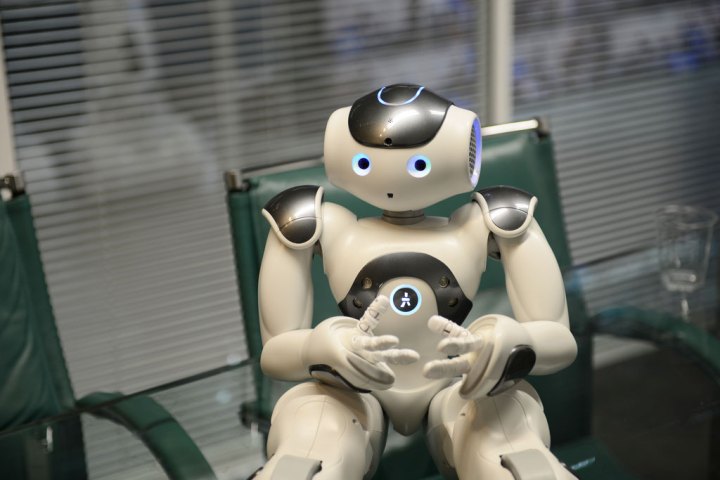
In an article titled “Four fundamentals of workplace automation,” two co-authors examine the impact of automation proliferated across the many different sectors of the U.S. economy. After starting research earlier this year, the institute reports that the popular focus on robots claiming jobs currently filled by humans is misplaced.
“Very few occupations will be automated in their entirety in the near or medium term,” according to the article. “Rather, certain activities are more likely to be automated, requiring entire business processes to be transformed, and jobs performed by people to be redefined, much like the bank teller’s job was redefined with the advent of ATMs.”
The McKinsey Global Institute says its research suggests that 45 percent of activities people are paid to perform can be automated by adapting current technologies, which represents about $2 trillion in annual wages in the U.S. If technologies can achieve a median level of human ability to process and understand natural language, an additional 13 percent of activities could be automated.
The institute also debunks the notion that work automation will mostly affect low-skill, low-wage jobs. In fact, the co-authors say they “discovered that even the highest-paid occupations in the economy, such as financial managers, physicians, and senior executives, including CEOs, have a significant amount of activity that can be automated.”
According to the article, the institute’s research leads to the estimate that activities taking up more than 20 percent of a CEO’s working time could be automated by applying today’s technologies. “These include analyzing reports and data to inform operational decisions, preparing staff assignments, and reviewing status reports.”

On the other hand, the article says that only a very small percentage of activities for many lower-wage jobs (e.g., health aides, landscapers, and maintenance workers) could be automated with current technologies.
The McKinsey Global Institute also shares a seemingly disheartening finding: “Just 4 percent of the work activities across the U.S. economy require creativity at a median human level of performance. Similarly, only 29 percent of work activities require a median human level of performance in sensing emotion.”
The conclusion drawn from these numbers and the continuing spread of work automation, however, is encouraging. The article says that as automation takes care of more repetitive tasks, humans can be freed to focus more on tasks that require more creativity, emotion, and human interaction.
“Financial advisors, for example, might spend less time analyzing clients’ financial situations, and more time understanding their needs and explaining creative options,” according to the article. “Interior designers could spend less time taking measurements, developing illustrations, and ordering materials, and more time developing innovative design concepts based on clients’ desires.”
The McKinsey Global Institute is continuing its workplace automation research and will release a detailed report in 2016.


